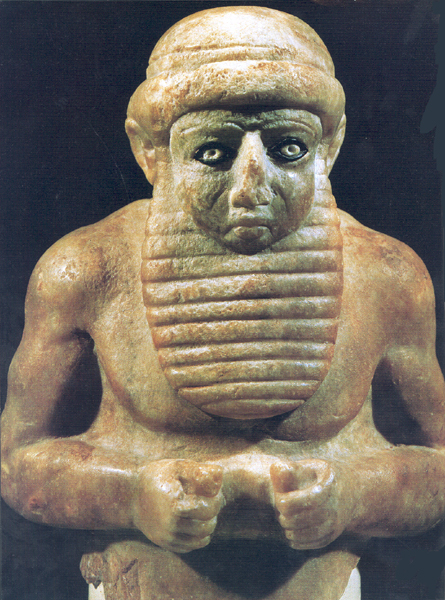The Birth of Kingship
From Democracy to Monarchy in Sumer

If you read later Sumerian literature, you will think that Sumer was always a monarchy ruled by a king. That is what these later kings wanted you to believe. But this is not necessarily so. How monarchy came to Sumer is in fact a fascinating, if somewhat obscure, historical development.
Sumer was an early civilization in southern Babylonia, now southern Iraq. The Sumerians were a small but ambitious and enlightened group, whose most important cultural achievement was the invention and development of cuneiform writing. The Sumerian language is unrelated to any known language family, but the style of writing—cuneiform—was later adopted for many other languages, such as the Babylonian and Assyrian dialects of Akkadian, and, in an alphabetic form, Ugaritic.
Historians usually divide Sumerian history into three major periods. They would be much easier to remember if they were called simply early, middle and late. But for complicated reasons related to the history of scholarship, they are called by the less mnemonic names shown in the second sidebar to this article.
Already a library member? Log in here.
Institution user? Log in with your IP address.

